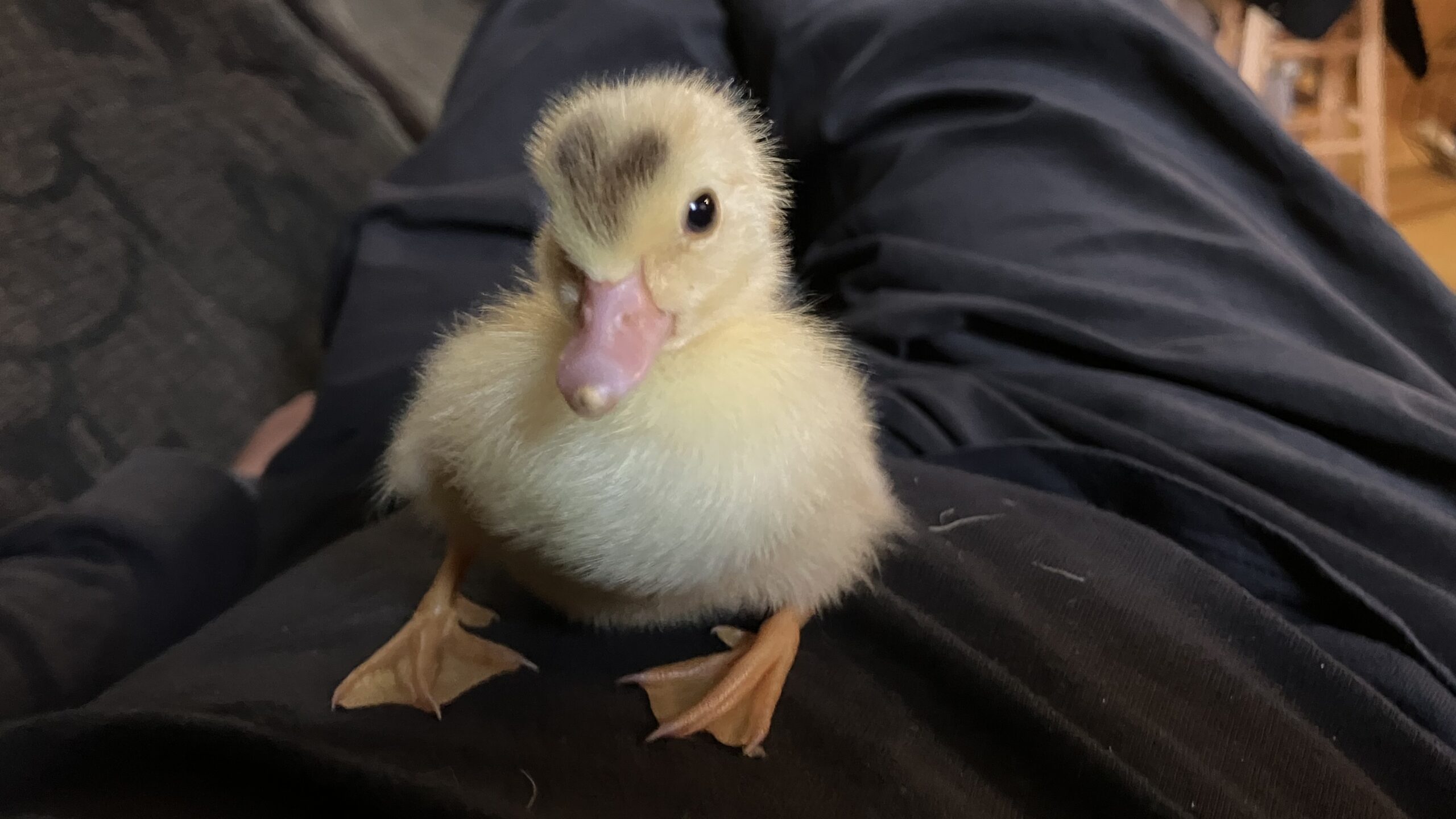There are moments in farming that feel like genuine breakthroughs, and today brought us one of those special milestones. Our first incubated duck just hatched, and the excitement is almost overwhelming. After all our success with quail and chickens, expanding into waterfowl incubation felt like the natural next step, but seeing that first tiny duckling emerge from its shell made it feel like magic all over again.

A New Species, A New Challenge
Incubating duck eggs presents different challenges than chicken or quail eggs. The incubation period is longer (28 days versus 17 for quail), the humidity requirements are more demanding, and the hatching process itself can be more complex. Duck eggs are larger, thicker-shelled, and require more precise environmental control throughout their development.
This successful hatch represents weeks of careful temperature and humidity monitoring, proper egg turning, and the kind of patience that waterfowl incubation demands. Every day of those 28 days, we monitored conditions, made adjustments, and hoped we were getting it right.
The Loneliness Concern
Hopefully more hatch so it’s not all alone. That simple statement captures one of the most heart-wrenching aspects of staggered hatching. Ducklings, like most waterfowl, are highly social creatures. They thrive on companionship, learn from each other, and find comfort in the presence of their siblings.
A single duckling can survive and thrive, but it requires more human interaction and careful management to ensure it develops proper social behaviors and doesn’t become overly stressed from isolation. It’s not just about survival—it’s about providing the best possible start in life.
First of Many?
This little duckling represents the potential beginning of our waterfowl breeding program. If more eggs hatch successfully, we’ll have the foundation for a sustainable duck operation that could add another dimension to our farm’s diversity and productivity.
Ducks offer unique benefits compared to chickens and quail. They’re excellent foragers, particularly effective at controlling slugs and other garden pests, and they produce eggs with distinct culinary properties that some people prefer over chicken eggs. Their presence can also add natural pest control to our integrated farming system.
The Miracle Never Gets Old
No matter how many successful hatches we’ve witnessed with quail and chickens, seeing new life emerge from an egg remains absolutely magical. The moment when that tiny bill breaks through the shell, the first tentative peeps, the gradual process of drying and fluffing up—it’s a miracle that never loses its wonder.
This duckling represents 28 days of development, from a fertilized cell to a complete, functioning bird capable of walking, eating, and swimming within hours of hatching. The biological complexity of that transformation is staggering when you really think about it.
Immediate Needs
A newly hatched duckling has different immediate needs than chicks. Access to water for drinking (but not yet for swimming), appropriate starter feed designed for waterfowl, proper temperature in the brooder, and careful monitoring for any signs of distress or developmental issues.
If this little one remains an only child, we’ll need to provide extra attention and possibly consider creative solutions for social interaction. Sometimes a mirror can help, or even introducing it to slightly older, gentle chicks can provide the companionship it needs.
Learning Experience
Every species we add to our incubation program teaches us something new about embryonic development, environmental requirements, and the subtle differences in care that can make the difference between success and failure.
This first duck hatch is expanding our knowledge base and our confidence in tackling different types of poultry. Each successful species mastered opens doors to other possibilities and increases our overall farming capabilities.
Hope for More
As we watch this lone duckling explore its brooder, we’re keeping a close eye on the remaining eggs. The hatching window for ducks can extend over several days, so there’s still hope that this little pioneer will soon be joined by brothers and sisters.
Even if this remains our only successful duckling from this batch, it represents success, learning, and progress toward a more diverse and interesting farm operation.
A Special Milestone
Just hatched, and already stealing our hearts. This first incubated duckling marks another significant step in our farming journey—proof that our incubation skills are transferable across species and that our farm continues to grow in both complexity and capability.
Whether this little one remains solo or gains siblings in the coming days, it’s already a success story worth celebrating.
Have you tried incubating different species? Share your waterfowl hatching experiences and tips for managing lone hatchlings in the comments!
What was your first successful hatch of a new species? Tell us about your breakthrough moments in expanding your farming operations!